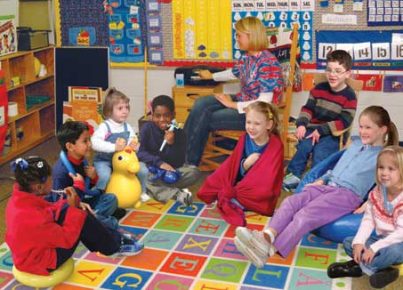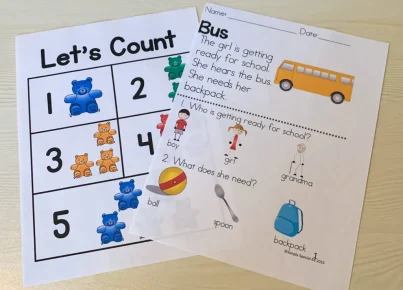Education is one of the cornerstones of individual growth and societal development. However, within the broad spectrum of educational systems lies a critical segment that often experiences significant challenges and setbacks: special education. To address these concerns and transform special education into a more effective and inclusive system, I propose several actionable strategies.
Firstly, we need to prioritize and increase funding for special education programs. Financial support is foundational to ensure that schools have the resources necessary for specialized instructional materials, assistive technology, and adequately staffed classrooms. By boosting funding, we can reduce student-to-teacher ratios, which is crucial for providing individualized attention to students with special needs.
Secondly, it is essential to invest in the professional development of special education teachers. Ongoing training opportunities will help them stay abreast of the latest educational strategies and technological advancements in special needs education. Furthermore, teaching strategies should be adaptable and diversified to cater to a wide array of learning disabilities and difficulties.
Thirdly, we should embrace and integrate technology within the curriculum. Assistive technologies such as speech-to-text software, audiobooks, and applications designed for learners with dyslexia can revolutionize the learning experience for many students. Moreover, virtual reality (VR) and augmented reality (AR) tools can offer immersive educational experiences that can be particularly beneficial for students with autism spectrum disorders.
Fourthly, active parent involvement must be encouraged. Parents provide essential insights into their children’s unique needs and behaviors which can be instrumental in crafting tailored educational approaches. Regular communication between parents and educators should be facilitated through parent-teacher meetings, detailed progress reports, and collaborative development of individualized education programs (IEPs).
Lastly, there is a need for a cultural shift towards inclusion within schools. An inclusive environment not only supports students with special needs but also educates their peers about diversity and empathy. This inclusive culture can be fostered by promoting interaction among all students through joint school projects or mixed-ability sports teams.
By comprehensively addressing these focal areas—funding, professional development, technology integration, parental involvement, and inclusion—I envision a landscape where special education is no longer sidelined but rather interwoven into the fabric of our educational system to offer all students equal opportunities to excel.
Realizing this vision will demand concerted efforts from educators, policymakers, parents, and society at large; however, the resultant benefits will herald an era where every child has access to an education that caters effectively to their individual strengths and challenges.




